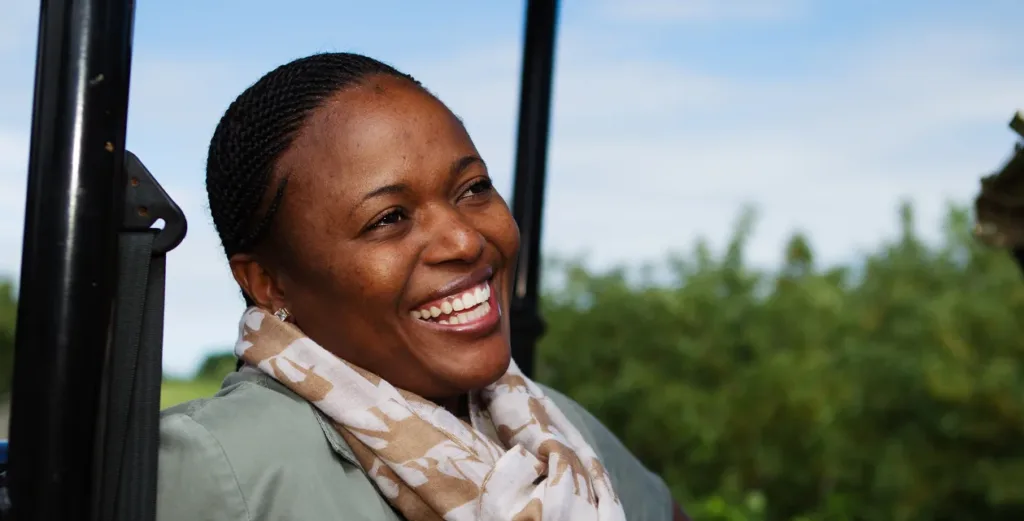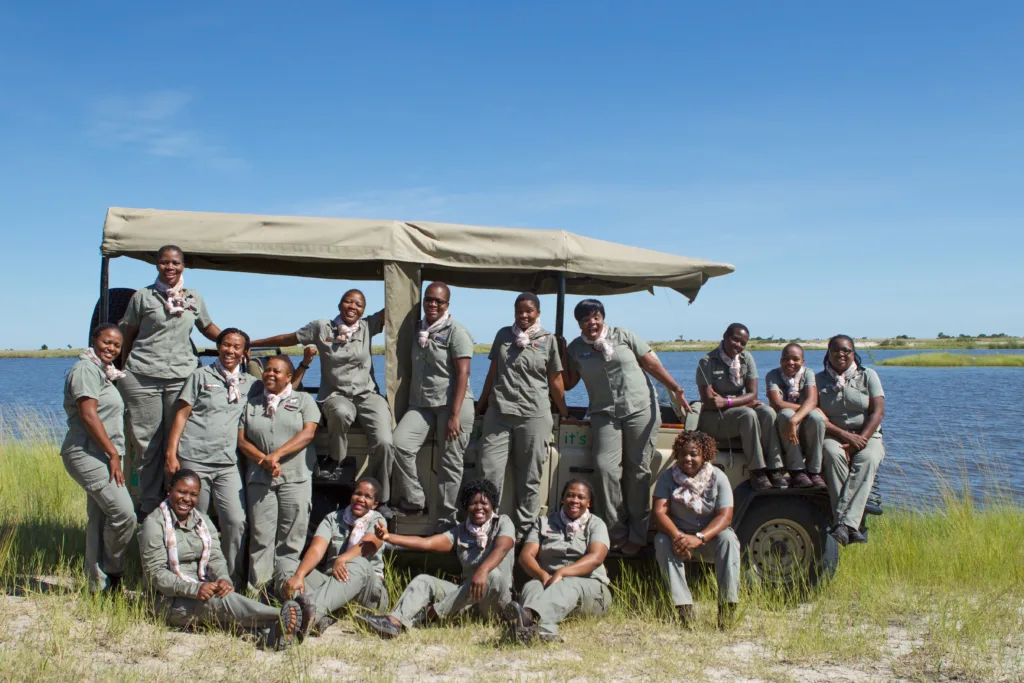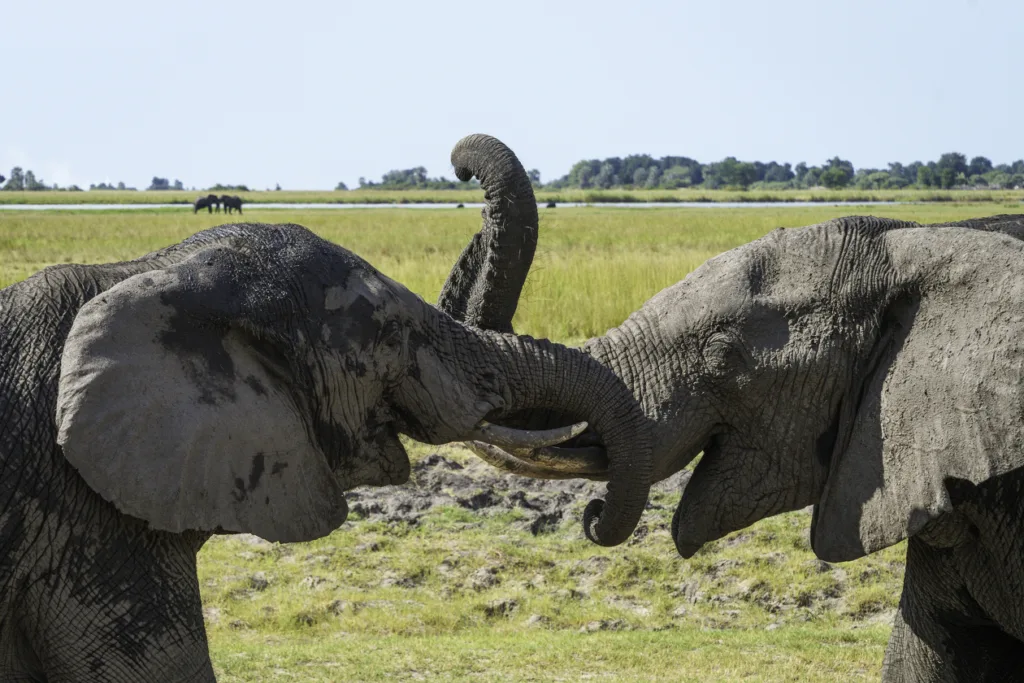It Takes a Village: Chobe Angels, WildCat & SMART App
Our Chobe Angels guiding team recently hosted the Wildlife & Communities Action Trust (WildCAT) in Chobe National Park again. This time, for a project update and photography workshop to support lion ID research.
At Chobe Game Lodge, we’ve proudly worked with WildCAT for years, using the SMART app to support lion conservation and manage human-wildlife coexistence.
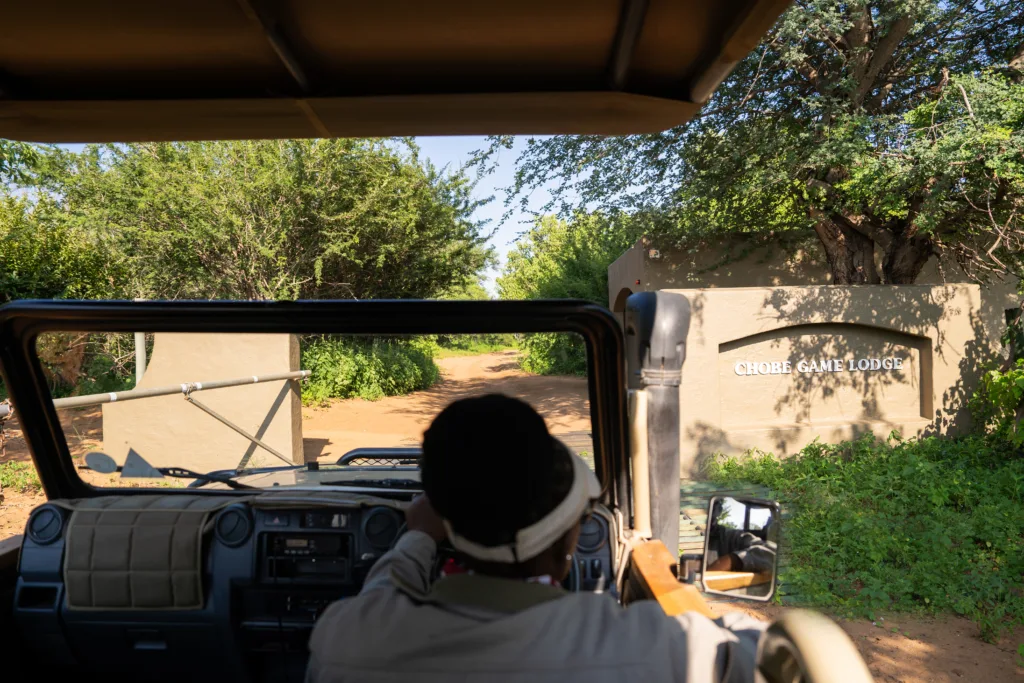
Above: Image by Katharina Casapulla (@kathiiwanders)
WildCAT, linked to Oxford’s WildCRU, aligns with our values—combining wildlife preservation with local empowerment through employment, farm guardianship, and education.
“These kinds of partnerships encapsulate our beliefs at Chobe Holdings, generating shared benefit through our integrated strategy of investing in wildlife, investing in people and investing in Botswana,” says Chobe Game Lodge Environmentalist Tshepiso Vivian Diphupu.
Chobe Angels Photography Training & Data Collection:
- To create a lion monitoring database. The purpose of the database is to establish a formal population monitoring system with data primarily from guides.
- Data analysis allows for rates or predator morality and survival, population age and sex structure, and the impact of conflict and mitigation success.
- This database provides a baseline dataset against which the impact of future conservation efforts can be measured.
- For both guests and researchers, guides can use the database to share detailed, up-to-date information about specific lions, such as their pride structure.
- Elements required for data capturing include a focus on lion whisker pattern, ear notches, nose colouration, identifying marks and scars, and sighting coordinates.
- Images from guides in conjunction with camera traps help gain a more comprehensive overview of wildlife patterns, spatial and diel distribution, and species health and population.
Holistic Empowerment is SMART:
The SMART (Spacial Monitoring and Reporting Tool) app informs research and thus solutions to human-wildlife conflict by identifying corridors normally used by wildlife as they move through the landscape.
This research informs the coexistence program that works in collaboration with local communities to help mitigate human wildlife conflict and protect people, livestock, wildlife and natural resources.
The initiative empowers local communities through education and job security in rural areas. WildCAT employs local community residents as “Guardians” to help patrol, report and mitigate predators that come into contact with people.
Guardians, farmers and community members are supported in downloading and navigating the SMART app, which is easily accessible and allows for tracking, sightings, snare and poaching reports, mapping conflict incident reports and more.
Communities also receive feedback through workshops and meetings based on logged data, to raise awareness about wildlife presence and share ways to safeguard themselves and their livestock from potential human-wildlife conflict incidents.
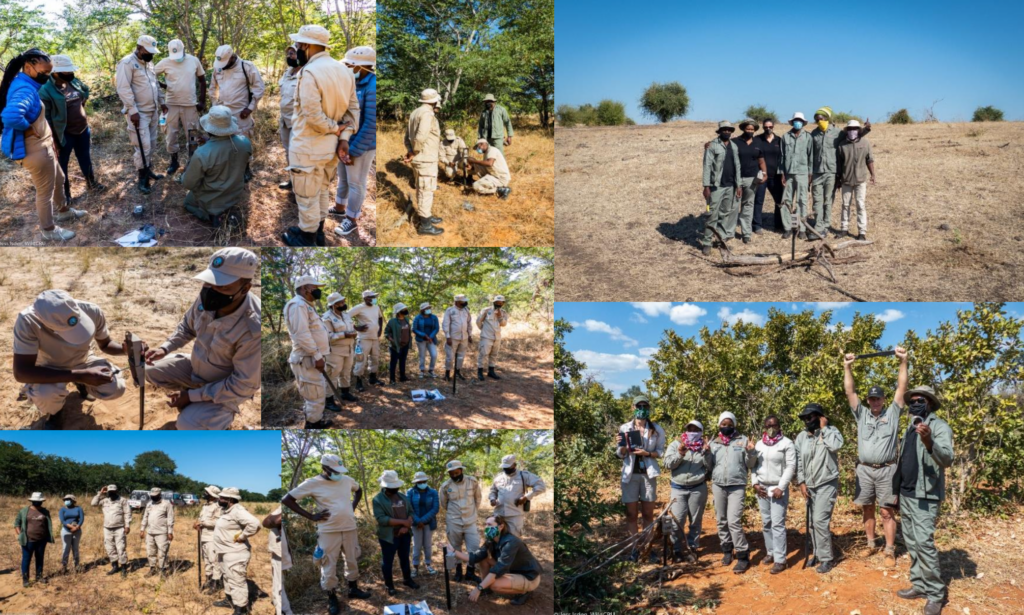
Above: Teams from DWNP (Left), TKPP Community Guardians and Chobe Game Lodge participating in the setup of a survey to learn more about the use of cameras in carnivore monitoring. Images by Jess Isden, WildCRU.
Read more about WildCRU here and the SMART app here.
Feature Image by Katharina Casapulla (@kathiiwanders)
